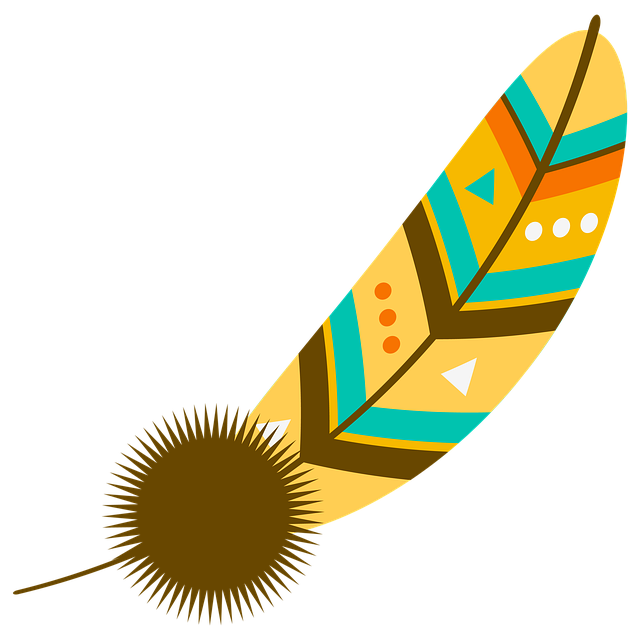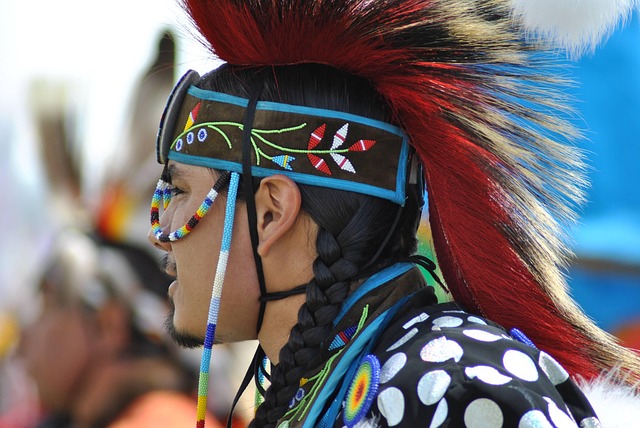Lane County, Oregon boasts a vibrant tribal history with Indigenous communities like Kalapuya, Yaquina, and Siuslaw, who sustained themselves through sustainable practices for millennia. European settlement in the late 18th century led to tribals declines but their rich heritage persists. Today, efforts focus on revitalizing languages, traditions, and knowledge to preserve Oregon's tribal history. In Lane County, community-driven initiatives, educational programs, and immersive environments are working to safeguard local indigenous languages and honor the resilient Native American tribes of the region, ensuring the survival of Oregon's diverse tribal heritage.
In Lane County, Oregon, a rich tribal history intertwines with the modern fabric of the region. This article delves into the vibrant cultural tapestry of Native tribes, exploring their historical journey and the unique linguistic diversity that defines them. From the ancient past to present-day efforts at preservation, we uncover the significance of tribal languages in Oregon’s indigenous communities. Discover the challenges faced by speakers and the inspiring initiatives aimed at revitalizing these vital links to cultural heritage.
- A Historical Overview of Tribal Communities in Lane County
- The Indigenous Languages of Oregon's Native Tribes
- Preserving and Revitalizing Tribal Languages
- Cultural Significance and Traditional Knowledge
- Challenges Faced by Tribal Language Speakers
- Initiatives for the Future: Education and Community Engagement
A Historical Overview of Tribal Communities in Lane County

The tribal history of Lane County, Oregon, is a rich and complex narrative that spans millennia. For centuries, indigenous peoples, including the Kalapuya, Yaquina, and Siuslaw tribes, have inhabited this region, forming close-knit communities tied to the land through deep cultural and spiritual connections. Their way of life was centered around hunting, fishing, gathering, and farming, with each tribe contributing uniquely to the diverse tapestry of Oregon’s indigenous cultures.
European exploration and settlement began in the late 18th century, marking a significant shift in the tribal history of Lane County. The arrival of settlers led to land disputes and cultural clashes, ultimately resulting in the gradual decline of indigenous communities. Despite these challenges, many tribal members persevered, passing down their languages, traditions, and knowledge through generations. Today, efforts are underway to revive and preserve these vital aspects of Oregon’s tribal history and ensure that the rich cultural heritage of Lane County’s indigenous peoples continues to thrive.
The Indigenous Languages of Oregon's Native Tribes

Oregon is home to a rich and diverse tribal history, with numerous Native American tribes who have inhabited its lands for thousands of years. These indigenous communities possess unique linguistic heritages that offer profound insights into their cultural identities and deep connections to the natural world. The state’s indigenous languages belong to several language families, including Pacific Coast, Athabaskan, and Chinookan.
Each tribe has its own distinct dialect and verbal traditions passed down through generations. For instance, the Umpqua Tribe speaks a language from the Pacific Coast family, known for its complex grammatical structure and rich vocabulary related to local flora and fauna. Similarly, the Chinook people, whose territory includes parts of Oregon, speak Chinook Jargun, a language that has evolved over centuries and serves as a bridge between various tribes in the region. Preserving these tribal languages is essential for maintaining cultural continuity and ensuring that the knowledge and stories of Oregon’s Native Tribes remain alive for future generations.
Preserving and Revitalizing Tribal Languages

In Lane County, Oregon, the rich tribal history is intertwined with the efforts to preserve and revitalize indigenous languages that have been impacted by historical shifts and assimilation policies. The vibrant cultural heritage of the region’s Native American tribes is not just a testament to their resilience but also a driving force behind language conservation initiatives. These communities are actively working to pass down linguistic knowledge, ensuring their unique dialects and terms remain alive in the face of dwindling native speakers.
Through community-led programs and collaborations with academic institutions, tribal members are teaching their languages to younger generations, creating immersive environments that foster a deep connection to cultural identity. Revitalization efforts include developing language apps, organizing immersion classes, and incorporating indigenous terminology into educational curricula, all of which contribute to the broader goal of maintaining and promoting Oregon’s diverse tribal languages within their historical contexts.
Cultural Significance and Traditional Knowledge

The tribal history of Lane County, Oregon, is deeply intertwined with the rich cultural heritage of indigenous communities who have inhabited this land for millennia. These tribes possess a profound sense of place and an intimate understanding of their ancestral territories, which is embedded in their language and traditional knowledge systems. The preservation and revitalization of these languages are not merely linguistic endeavors but act as guardians of ancient wisdom, stories, and connections to the natural world.
Tribal languages carry the weight of historical narratives, environmental knowledge, and spiritual practices passed down through generations. They offer unique perspectives on ecological management, sustainable living, and a deep respect for the intricate web of life that surrounds them. In Lane County, indigenous communities have shared their traditional knowledge, fostering a greater appreciation for the region’s biodiversity and cultural diversity among contemporary residents. This exchange highlights the enduring relevance of tribal history in Oregon and the value of preserving and honoring these languages as a vital component of the state’s cultural tapestry.
Challenges Faced by Tribal Language Speakers

The indigenous languages spoken in Lane County, Oregon, carry a rich tribal history and cultural heritage, but their speakers often face unique challenges in preserving and promoting these tongues. One significant obstacle is the dwindling number of fluent individuals, as many tribal languages have seen a decline in usage over the years due to various historical and social factors. This trend poses a critical risk to their longevity, as oral traditions and community transmission are vital for language survival.
Additionally, the integration of indigenous communities into mainstream Oregon society has led to intergenerational language loss as younger generations may not acquire their tribal language at home. Efforts to combat this include language revival programs, educational initiatives, and community events designed to raise awareness and encourage the teaching and learning of these languages, thereby preserving a crucial part of Oregon’s tribal history.
Initiatives for the Future: Education and Community Engagement

In Lane County, Oregon, efforts to preserve and revitalize tribal languages are gaining momentum, driven by a deep respect for the rich tribal history of the region. Educational initiatives include immersive language classes, cultural workshops, and digital resources that make learning more accessible. These programs not only teach language but also foster a deeper understanding of indigenous traditions, ensuring knowledge is passed down through future generations.
Community engagement plays a vital role in these efforts. Local tribes are actively collaborating with schools, libraries, and cultural centers to integrate language preservation into the broader community. Events like language cafes, storytelling sessions, and intertribal exchanges create opportunities for dialogue, exchange ideas, and build bridges between diverse communities. This collective approach ensures that tribal languages remain vibrant parts of Oregon’s cultural tapestry, reflecting a shared commitment to preserving indigenous heritage.
